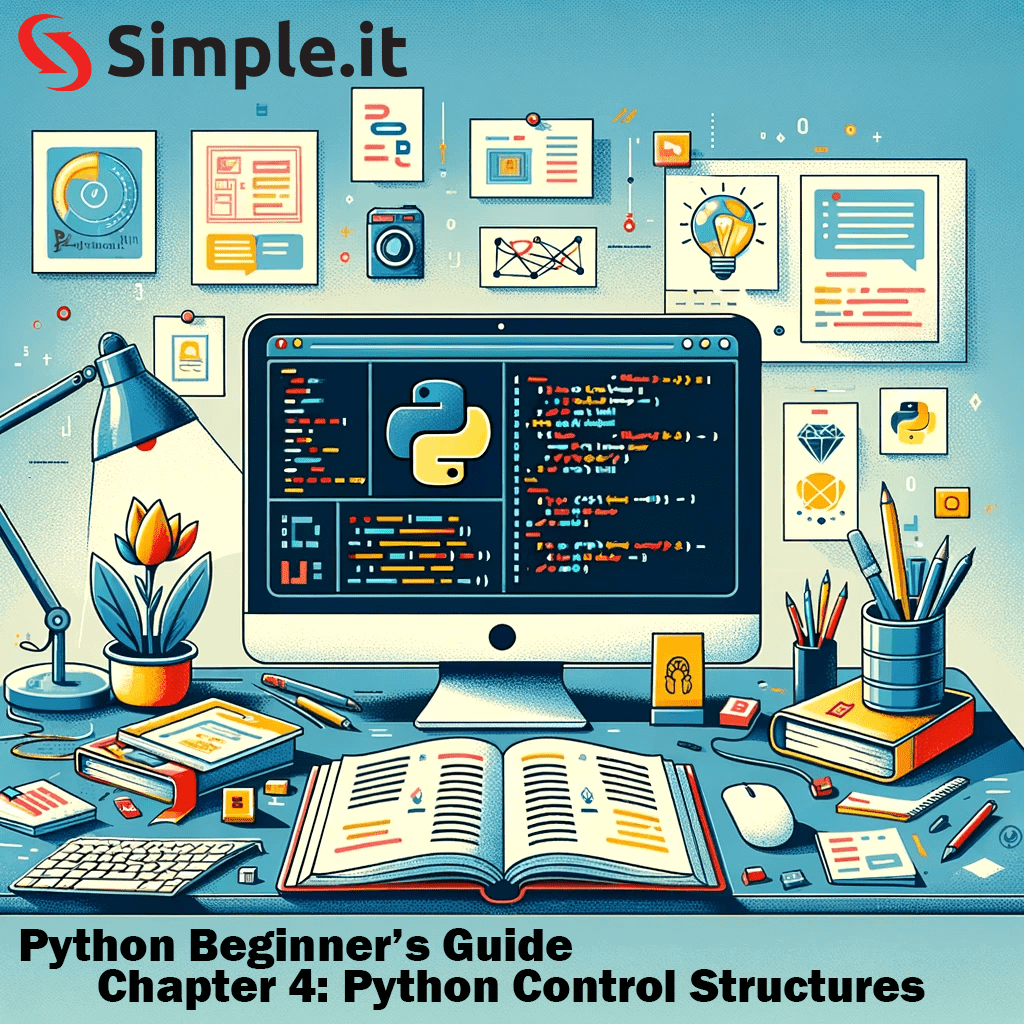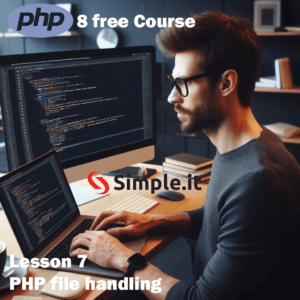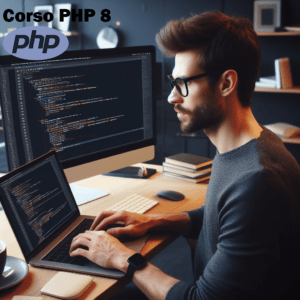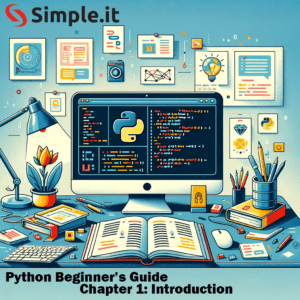Understanding Python control structures is crucial for mastering Python, as they direct the flow of your program’s execution. In this guide, we’ll explore Python’s primary control structures, including conditional statements and loops, key elements for implementing logic and repetition in your code.
That’s correct. In Python, there’s no need to use a specific command to mark the end of a code block within a loop. This aspect of Python’s syntax is one of its most distinctive features, especially when compared to many other programming languages that require explicit symbols or keywords to define the start and end of code blocks.
Python Control Structures: Table of content
How Python Handles Loop Endings:
Indentation-Based:
- Python uses indentation to define code blocks. The level of indentation indicates the start and continuation of a loop’s code block.
- When the indentation level is reduced, it signifies the end of the block. This applies to both
forloops andwhileloops.
Example of a For Loop:
for i in range(5):
print(i)
# Additional loop code here
# No specific command to end the loop
print("Loop has ended.")Example of a While Loop:
count = 0
while count < 5:
print(count)
count += 1
# Additional loop code here
# Loop ends when indentation returns to previous level
print("Loop has ended.")Key Points:
- No End Keyword: Unlike some languages that use
endor similar keywords, Python’s loops are defined solely by indentation. - Readability: This approach contributes to Python’s readability and simplicity. It makes Python code appear clean and uncluttered.
- Error-Prone: However, this also means that incorrect indentation can lead to logical errors or unexpected behavior in your code. It’s essential to maintain consistent indentation levels throughout your script.
In summary, Python’s handling of loop endings via indentation is a clear example of the language’s emphasis on readability and simplicity. It eliminates the need for additional keywords or symbols to manage code blocks, making Python an accessible and preferred language for many programmers.
Python Conditional Statements
Conditional statements in Python allow for decision-making in code. The program evaluates certain conditions and executes a specific block of code depending on the result.
1. If Statements
- The simplest form of a conditional statement.
- Executes a block of code if a specified condition is true.
if condition:
# code to execute if condition is true2. If-Else Statements
- Extends the
ifstatement to execute a different block of code if the condition is false.
if condition:
# code to execute if condition is true
else:
# code to execute if condition is false3. Elif (Else If) Statements
- Allows multiple conditions to be checked in sequence.
- Executes a block of code if its specific condition is true.
if condition1:
# code if condition1 is true
elif condition2:
# code if condition2 is true
else:
# code if neither condition1 nor condition2 is truePython Loops
Loops in Python are used to execute a block of code repeatedly. Python provides two primary loop commands: for loops and while loops.
1. For Loops
- Iterates over a sequence (like a list, tuple, dictionary, set, or string).
- Executes a block of code for each item in the sequence.
for item in sequence:
# code to execute2. While Loops
- Executes as long as a specified condition is true.
- Great for repeating code until a condition changes.
while condition:
# code to execute while the condition is truePython Loop Control Statements
Python also offers control statements that alter the execution of loops:
- break: Terminates the loop and transfers execution to the statement immediately following the loop.
- continue: Skips the rest of the code inside the loop for the current iteration and goes back to the top of the loop.
- pass: A placeholder that does nothing; it’s used where the syntax requires a statement, but no action is needed.
Resources for Learning Python Control Structures
For an in-depth understanding of Python control structures, check out the official Python documentation. For beginners, navigating through Python’s control structures can initially seem challenging, but they are fundamental to creating dynamic and efficient Python scripts.
Moreover, you can explore more about Python and its various features in our Python Beginner’s Guide and delve deeper into the world of programming on our programming section.
Conclusion
Mastering Python control structures is an essential step in your journey as a Python programmer. With conditional statements and loops, you can write code that makes decisions and efficiently handles repetitive tasks. As you practice these concepts, you’ll find yourself developing more complex and powerful Python applications.



